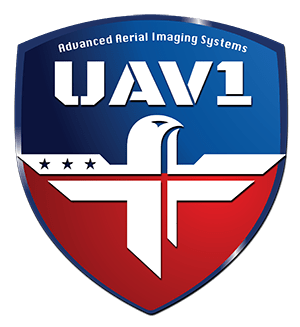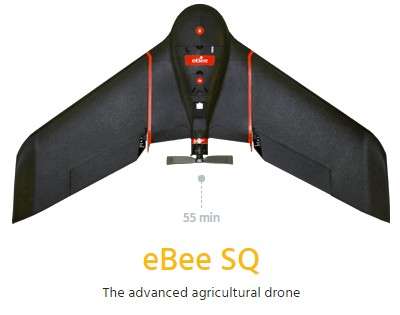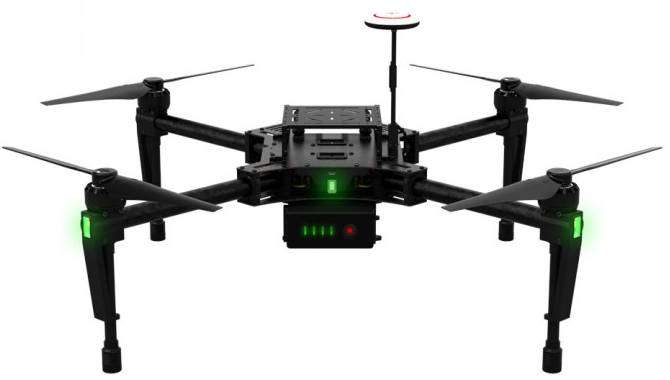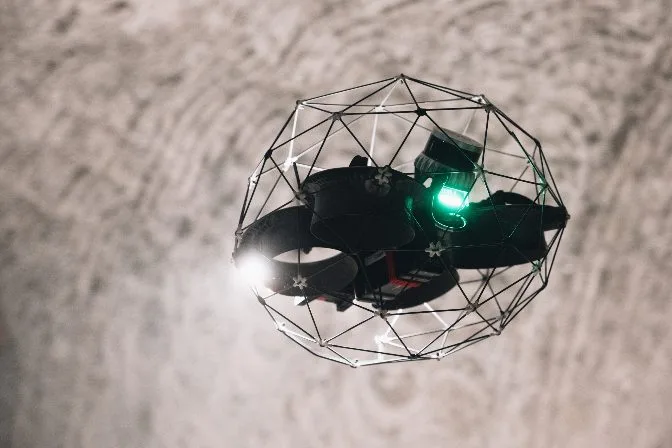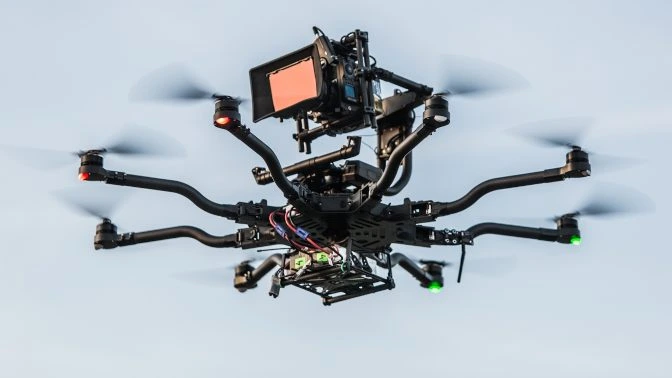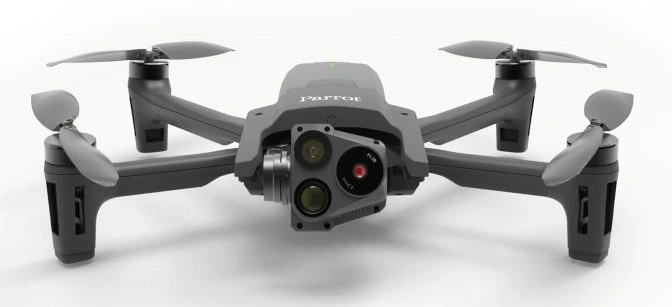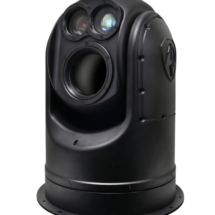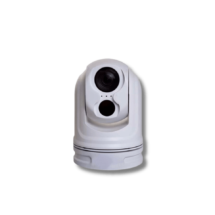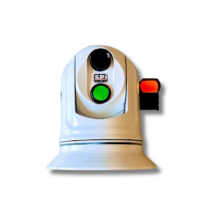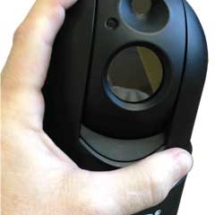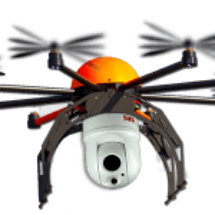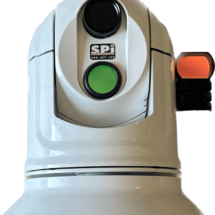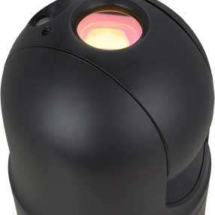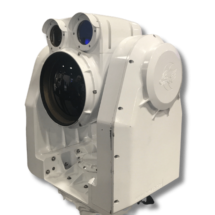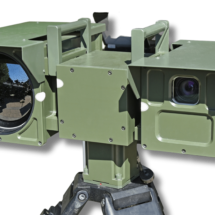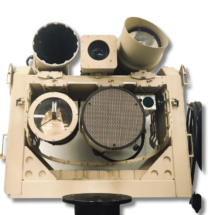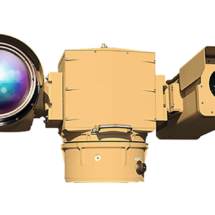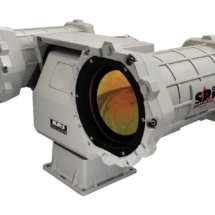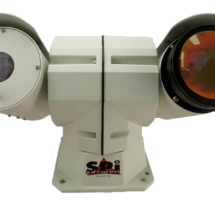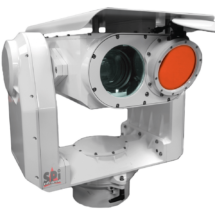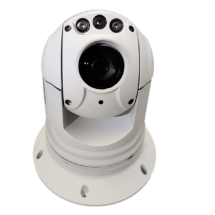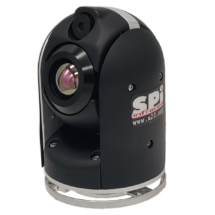5 Steps To Becoming a UAV or Drone Pilot
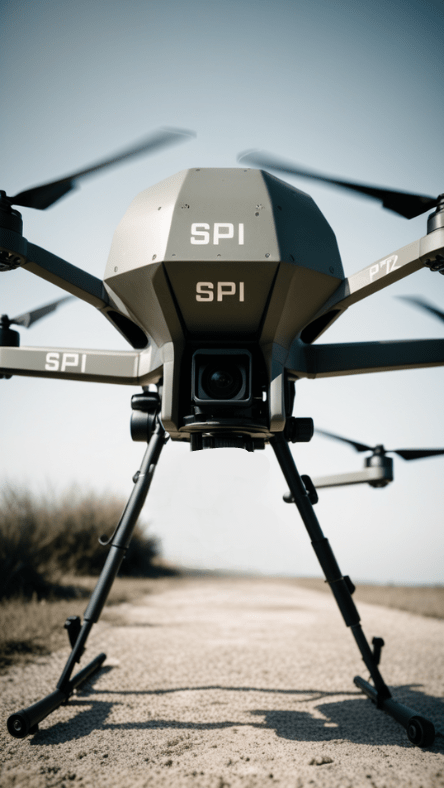
Embarking on the Journey: Becoming a Professional Drone Pilot
UAV and Drone Pilot
Welcome to the thrilling world of drone piloting, where the sky is not the limit but rather a canvas of opportunity. As industries evolve and technology advances, the role of drone pilots has become more crucial, opening doors to innovative applications and lucrative careers. With a burgeoning market and the potential for high earnings, now is the opportune time to navigate the path of becoming a drone pilot.
How to Become a Drone Pilot: A Comprehensive Guide
Step 1: Understanding the Drone Pilot’s Role
Embarking on a career as a drone pilot is an exciting venture, filled with numerous opportunities and responsibilities. Whether you are a novice looking to break into the field or an enthusiast eager to turn your passion into a profession, comprehending the multifaceted role of a commercial drone pilot is paramount. In this section, we delve deeper into what it truly means to be a drone pilot, the varied applications of Unmanned Aerial Vehicles (UAVs), and the crucial regulations that govern this profession.
The Expansive World of Commercial Drone Piloting
Commercial drone pilots are at the forefront of a technological revolution, operating UAVs across diverse fields and industries. From capturing breathtaking aerial photographs and conducting precise surveying missions to playing vital roles in agriculture, construction, and public safety, the applications of drones are vast and varied. Drones are proving to be invaluable tools in precision agriculture, where they assist farmers in monitoring crop health, optimizing irrigation, and managing pests. In construction, UAVs contribute to safer and more efficient site inspections, project monitoring, and data collection. Additionally, drones are becoming integral in public safety operations, aiding in search and rescue missions, disaster response, and law enforcement activities.
Navigating Regulations and Ensuring Safety
Operating as a commercial drone pilot is not without its challenges. One of the most critical aspects of the profession is adhering strictly to the guidelines and regulations set forth by the Federal Aviation Administration (FAA). Ensuring safe and compliant operations is paramount, and it requires a thorough understanding of the airspace, weather conditions, and potential hazards. Commercial drone pilots must navigate complex airspace, coordinating with other aircraft and avoiding restricted zones. They must also be adept at assessing weather conditions, as factors such as wind, temperature, and visibility can significantly impact a drone’s performance and safety.
The Growing Demand and Opportunities
The demand for skilled and certified drone pilots is on the rise, creating a burgeoning job market ripe with opportunities. Industries ranging from real estate and media to agriculture and construction are seeking qualified pilots to harness the power of UAV technology. The ability to capture unique aerial perspectives, gather precise data, and conduct operations in challenging environments makes drone pilots invaluable assets across various sectors. As technology continues to advance and the applications of drones expand, the role of the drone pilot becomes increasingly crucial, offering a promising and rewarding career path for those ready to take to the skies.
Step 2: Acquiring the Necessary Credentials
Stepping into the world of commercial drone piloting requires more than just a passion for flying; it necessitates a thorough understanding of the rules, regulations, and skills necessary to operate Unmanned Aerial Vehicles (UAVs) safely and responsibly. In this comprehensive guide, we will walk you through the critical steps of acquiring the necessary credentials, ensuring that you are well-equipped to embark on your journey as a certified drone pilot.
1. Starting with the Basics: The FAA Tracking Number
The first and foremost step in your journey is to obtain an FAA Tracking Number (FTN). This unique identifier is crucial for tracking your progress and applications through the Integrated Airman Certification and Rating Application (IACRA) system, the FAA’s online portal for pilot certification. Setting up an IACRA profile is a straightforward process, but it is vital to ensure that all your information is accurate and up-to-date, as this will be used throughout your aviation career.
2. Preparation is Key: Studying for the FAA Part 107 Exam
Once you have your FTN, the next step is to prepare diligently for the FAA Part 107 exam. This test is designed to assess your knowledge of airspace regulations, weather conditions, UAV operations, and safety practices. To ace the exam, you will need to invest time in studying and understanding the various topics covered. Resources such as the FAA’s study guide, online courses, and practice exams are invaluable in this preparation phase. These materials provide comprehensive insights into the exam’s content, helping you to identify areas where you may need to focus your studies.
3. Taking the Leap: Sitting for the Exam
With ample preparation, you will be ready to take the FAA Part 107 exam at an FAA-approved Knowledge Testing Center. The exam consists of 60 multiple-choice questions, and you will need to score at least 70% to pass. While the test is challenging, your preparation will pay off, equipping you with the knowledge and confidence needed to succeed.
4. Crossing the Finish Line: Obtaining Your Remote Pilot Certificate
Passing the FAA Part 107 exam is a significant milestone, but there are still a few steps left before you can officially call yourself a certified drone pilot. After successfully completing the exam, you will need to apply for your Remote Pilot Certificate through the IACRA system. This process includes a TSA security background check to ensure that you pose no security threat as a drone pilot. Upon approval, you will receive a temporary certificate, allowing you to start flying commercially immediately, with your permanent certificate arriving in the mail shortly after.
Resources:
- FAA Tracking Number and IACRA System:
- Integrated Airman Certification and Rating Application (IACRA): Register for an account and obtain your FAA Tracking Number which is crucial for the application process.
- Link: https://iacra.faa.gov
- Integrated Airman Certification and Rating Application (IACRA): Register for an account and obtain your FAA Tracking Number which is crucial for the application process.
- Preparing for the FAA Part 107 Exam:
- The Pilot’s Handbook of Aeronautical Knowledge: Provides essential basic knowledge for all pilots.
- FAA Part 107 Drone Test Prep Course: Various online platforms offer test prep courses.
- Applying for the Remote Pilot Certificate:
- Use the IACRA system to apply for your Remote Pilot Certificate after passing the Part 107 exam.
- Link: https://iacra.faa.gov
- Use the IACRA system to apply for your Remote Pilot Certificate after passing the Part 107 exam.
- Staying Current and Additional Resources:
- FAA Safety Team (FAASTeam): Provides resources and online courses to help drone pilots stay current with regulations and best practices.
- FAA UAS Website: Provides a wealth of information on drone regulations, guidelines, and resources.
- Link: https://www.faa.gov/uas/
Step 3: Investing In Quality Equipment
Embarking on a journey as a drone pilot, whether for recreational or commercial purposes, requires a significant investment in the right equipment. Your drone acts as your eye in the sky, and selecting a model that aligns with your needs and preferences is paramount. In this comprehensive guide, we delve into the various factors and specifications you should consider when investing in quality drone equipment, ensuring that you make an informed decision that suits both your applications and budget.
Understanding Your Needs and Applications
Before diving into the specifications and features, it’s crucial to have a clear understanding of what you intend to use the drone for. Are you looking to capture high-resolution aerial photography, conduct detailed surveying, or maybe engage in high-speed drone racing? Different applications require different capabilities, and identifying your primary use cases will guide your selection process.
Key Specifications and Features to Consider
1. Flight Time and Battery Life
2. Camera Quality
3. Ease of Use and Flight Stability
4. Range and Connectivity
5. Durability and Support
6. Additional Features and Accessories
Conclusion: Making an Informed Decision
Investing in quality drone equipment is a crucial step in your journey as a drone pilot. By understanding your needs, considering the essential specifications, and choosing a model that aligns with your applications and budget, you set yourself up for success in the skies. Remember, the most expensive option isn’t always the best fit for your needs, and it’s the careful consideration of features, performance, and usability that will lead you to the perfect drone for your adventures and endeavors.
Step 4: Building Experience and Expertise: Mastering the Art of Drone Flying
Elevating your skills as a drone pilot is a journey that demands time, patience, and a commitment to continuous learning. Flying a drone extends beyond the mere act of taking off and landing; it encompasses a deep understanding of the controls, the aircraft’s responses to your commands, and the ability to navigate through varying environments with precision and confidence. In this section, we will delve into the crucial steps and strategies to build your experience, refine your skills, and establish a robust portfolio that showcases your capabilities as a drone pilot.
1. Mastering the Controls: A Step-by-Step Approach
2. Understanding Your Drone’s Responses
3. Navigating Through Diverse Environments
4. Building a Portfolio: Showcasing Your Skills
5. Seeking Feedback and Continuous Learning
- Learn from the Community: Engage with other drone pilots, seeking advice and feedback to further hone your skills.
- Stay Updated: Keep abreast of the latest drone technologies, flight techniques, and industry best practices to ensure your skills remain sharp and relevant.
Conclusion: From Novice to Expert, A Journey of Skill and Precision
Building experience and expertise in drone flying is a transformative process, turning novices into seasoned pilots capable of handling a plethora of flying conditions and challenges. By mastering the controls, understanding your drone’s responses, navigating diverse environments, showcasing your skills through a robust portfolio, and committing to continuous learning and improvement, you position yourself for success in the dynamic world of drone piloting. Your journey towards precision, skill, and mastery in the skies awaits, and the investment in your expertise starts now.
In the fast-paced and ever-changing world of Unmanned Aerial Vehicles (UAVs), maintaining compliance and staying updated with the latest advancements is not just a recommendation—it is imperative. The onus is on drone pilots, both novice and experienced, to ensure that their knowledge, skills, and certifications remain current and in line with the industry’s best practices and legal requirements. This section explores the vital steps and strategies to stay compliant, up-to-date, and ahead in the competitive field of drone piloting.
1. Maintaining Certification: Ensuring Legal and Safe Operations
2. Staying Informed: Keeping Up with the Pace of Change
3. Leveraging Technology: Embracing Advancements and Innovations
4. Continuous Learning: Sharpening Your Skills and Knowledge
5. Building a Network: Connecting with Peers and Professionals
Conclusion: Elevating Your Practice Through Compliance and Continuous Learning
Staying compliant and up-to-date in the world of UAVs is a continuous commitment, requiring diligence, ongoing education, and an active engagement with the drone community. By ensuring your certifications are current, staying informed on industry developments, embracing technological advancements, investing in continuous learning, and building a strong professional network, you solidify your standing as a competent, reliable, and forward-thinking drone pilot. The future of drone piloting is bright, and by staying compliant and up-to-date, you are well-positioned to soar to new heights and seize the opportunities that lie ahead.
Virtual Drone Flying Practice Tools and Resources
Here are some virtual drone flying practice tools that could be helpful for someone looking to become a drone pilot:
- DJI Flight Simulator:
- A Windows-based pilot training program designed for enterprise users which supports a wide range of DJI drones and seamlessly connects with DJI remote controllers.DJI Flight Simulator: https://www.dji.com/simulator
- DJI Virtual Flight mobile app:
- This app has been designed to help new FPV (First Person View) users practice flying techniques. It supports both the DJI FPV Combo and the new Avata, which can be flown both indoors and outdoors. DJI Virtual Flight mobile app: Article on DroneDJ
- FPV Freerider:
- A lightweight and inexpensive drone flight simulator that’s popular among beginner drone pilots. It offers both line-of-sight and FPV flight modes, six pre-designed tracks, and an option to fly in a procedurally designed track. FPV Freerider: Article on Pilot Institute
- Zephyr Drone Simulator:
- A full-featured drone training software for drone instructors, flight academies, professionals, and hobbyists. It trains drone pilots to safely and efficiently operate according to FAA guidelines, using real-world physics and a constantly expanding library of training modules and drone platforms. Zephyr Drone Simulator: https://zephyr-sim.com
- List of Top Drone Flight Simulators:
- Phoenix R/C Pro Flight Simulator, Realflight RF9 Drone Simulator, Quadcopter FX Simulator, DRL SIM 3.0 Drone Racing Simulator, Hotprops FPV Drone Flight Simulator, and DJI Drone Simulator are among the top drone flight simulators listed for both professionals and hobbyists. List of Top Drone Flight Simulators: https://uavcoach.com/drone-simulators/
These tools and simulators can provide valuable practice and training for aspiring drone pilots, helping them to learn and hone their flying skills in a risk-free virtual environment.
Welcome To UAV1
All Things Thermal
At UAV1 we specialize in advanced thermal, night vision, and IR imaging cameras and systems. We custom design and build comprehensive long range surveillance cameras for mounted, vehicle, and mobile imaging operations.
Long Range Thermal Imaging PTZ Cameras
Long Range Thermal PTZ Cameras with IR rangefinders, auto-tracking, and up to 60km detection range.
Thermal Drone Cameras For Commercial and Personal Use
Micro thermal cameras designed specifically for drones, UAVs, and UAS, some weighing less than 160 grams, for extended range observation.
Night Vision Products
Night vision scopes, clip-on sights, accessories, and goggles tailored for military and hunting applications.
About UAV1
At UAV1, we harness the power of thermal imaging to offer solutions tailored to your company’s specific needs. Whether you’re looking to monitor infrastructure, conduct surveillance in low-light conditions, or detect energy inefficiencies in buildings, our state-of-the-art thermal cameras can provide unparalleled insights.
But why choose UAV1?
- Advanced Technology: Our thermal cameras are equipped with high-resolution sensors, ensuring that you receive clear and detailed thermograms for accurate analysis.
- Versatility: Suitable for a range of applications, our solutions can be customized to fit your industry’s requirements.
- Expertise: Our team of professionals is well-versed in the intricacies of thermal imaging, ensuring that you get the most out of our technology.
- Continuous Support: From initial consultation to post-deployment assistance, we’re with you every step of the way.
Thermal imaging is more than just a tool; it’s a window into a world unseen. Discover its potential and elevate your company’s operations to new heights. To explore how UAV1 can be your partner in this journey, contact us today.
